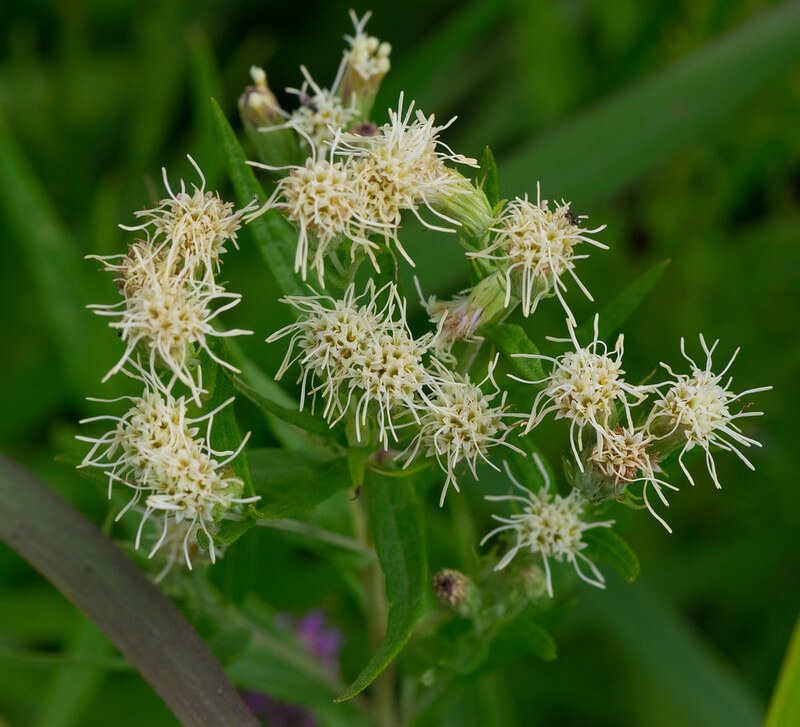 Image 1 of
Image 1 of


Downy Sunflower (Helianthus mollis)
Downy Sunflower, like most of our native sunflowers, is a wildlife rockstar. It is a host plant to 77 species of butterflies and moths in our area (nwf.org), including the possibly extirpated Gorgone Checkerspot (mnfi.anr.msu.edu). It is a long bloomer (1-2 months) and attracts all the native bees and over 20 different upland gamebirds and granivorous songbirds, especially the American Goldfinch, who eat the seeds (illinoiswildflower.info). Downy Sunflower is considered imperiled in Michigan (mnfi.anr.msu.edu), however, it can become aggressive and form dense colonies, in part because the root system exudes allelopathic chemicals that inhibit the growth of other species (illinoiswildflower.info). So choose your planting spot wisely.
Photo credit: Peganum
Downy Sunflower, like most of our native sunflowers, is a wildlife rockstar. It is a host plant to 77 species of butterflies and moths in our area (nwf.org), including the possibly extirpated Gorgone Checkerspot (mnfi.anr.msu.edu). It is a long bloomer (1-2 months) and attracts all the native bees and over 20 different upland gamebirds and granivorous songbirds, especially the American Goldfinch, who eat the seeds (illinoiswildflower.info). Downy Sunflower is considered imperiled in Michigan (mnfi.anr.msu.edu), however, it can become aggressive and form dense colonies, in part because the root system exudes allelopathic chemicals that inhibit the growth of other species (illinoiswildflower.info). So choose your planting spot wisely.
Photo credit: Peganum
Downy Sunflower, like most of our native sunflowers, is a wildlife rockstar. It is a host plant to 77 species of butterflies and moths in our area (nwf.org), including the possibly extirpated Gorgone Checkerspot (mnfi.anr.msu.edu). It is a long bloomer (1-2 months) and attracts all the native bees and over 20 different upland gamebirds and granivorous songbirds, especially the American Goldfinch, who eat the seeds (illinoiswildflower.info). Downy Sunflower is considered imperiled in Michigan (mnfi.anr.msu.edu), however, it can become aggressive and form dense colonies, in part because the root system exudes allelopathic chemicals that inhibit the growth of other species (illinoiswildflower.info). So choose your planting spot wisely.
Photo credit: Peganum
Life Cycle: Perennial
Sun Exposure: Full-Partial
Soil Moisture: Medium—Med/dry
Height: 2-5 feet
Plant Spacing: 2-3 feet
Bloom Time: August-Sept
Bloom Color: Yellow
Advantages: Caterpillar Favorite, Pollinator Favorite, Bird Favorite, Deer Resistant
Host: 77 species of butterflies and moths use this as a caterpillar host plant in our area (nwf.org)
Species of Concern: State Status: Threatened (legally protected), State Rank: Imperiled (mnfi.anr.msu.edu)
Specialist Bee: A possible 55 (Johnson and Colla, 2023)
Beneficial for Endangered or Threatened Species: Gorgone checkerspot (mnfi.anr.msu.edu)
Resource: Johnson, Lorraine, and Sheila Colla. A Northern Gardener’s Guide to Native Plants and Pollinators: Creating Habitat in the Northeast, Great Lakes, and Upper Midwest. Island Press, 2023





